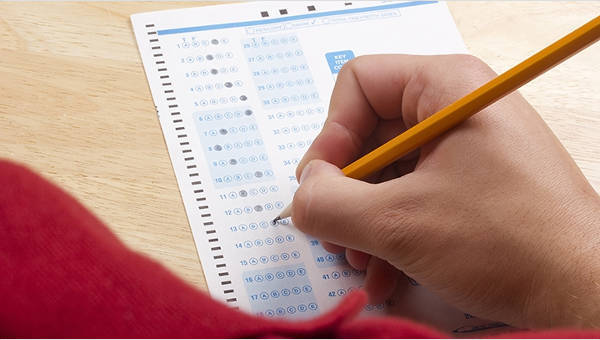Test developers have formulated formative assessment strategies and summative assessment strategies to help the teachers not just teach particular lessons but to determine certain students with specific weakness that should be addressed too. There are also students who need an upgraded level of difficulty to be kept motivated.
There are various assessment types for any specific domain whether you are targeting cognitive learning, psychomotor learning, and affective learning domains. The role of these performance assessments should be to gauge the students, enhance their comprehensive standing, and for the teachers to determine the gaps needed to be filled.
What Is the Importance of Summative Assessment?
Summative assessment is important in measuring what the students learned at the end of a certain unit or periodical. It sums up everything that was previously covered and how much of it was retained and understood by the student. It also helps the administrators and teachers enhance the curriculum as well as filling the gaps that the students have in their comprehensive development. You can check assessment examples in PDF or any other format to gain some insights on how a summative assessment looks like.
What Is the Relationship between Formative and Summative Assessment?
All summative assessments can be used formatively but not all formative assessment can be a summative assessment. A summative assessment evaluates what the student learned at the end of a unit or chapters, while formative assessment monitors the student’s learning progress from time to time. Formative assessment represents “low stakes,” meaning this is not really quantified or graded, rather the feedback could be qualitative. On the other hand, the summative assessment is “high stakes,” which is projected into midterm exam, a final paper, or a final project. These two are performance assessment examples.
Five Major Features of Summative Assessments
Psychosocial assessment examples mostly do not use grading to establish ranking, rather they use scoring to categorize while formative assessment can be an informal assessment examples that need low point stake or none at all. In contrast to this, a summative assessment is graded and quantified.
- Authentic. It is important that the assessment serves as an example of the practical world and not just something that is inapplicable and impractical. It should serve a purpose for the students not to only be book smart but also street smart.
- Reliable. Summative assessments, like any other tests and assessments, should come up with the same possible results whoever uses it, whenever it is used, and however times it is used. There should be consistency.
- Valid. Assessments should not produce vague, unexplained results. It should be able to measure accurately on what it is supposed to measure. The results should be aligned with whatever it is meant to assess.
- Volume. Assessments should not be used overly. This is only done when necessary and the timing is right. There should be proper interval in providing an assessment. Voluminous assessments cause fatigue to test takers.
- Variety. There should be a variety of assessments to be given depending on what domain you are focusing on to accurately measure the targeted gap or weakness of the student.
Related Posts
FREE 10+ Market Assessment Samples in PDF | MS Word
FREE 10+ Quality Risk Assessment Samples [ Control, Assurance, Management ]
FREE 6+ Immediate Termination of Lease Agreement Samples in MS Word | Google Docs | Apple Pages | PDF
FREE 10+ Qualitative Risk Assessment Samples in PDF | DOC
FREE 10+ Comprehensive Needs Assessment Samples in PDF
FREE 10+ Evaluation Quality Assessment Samples [ Self, Loss, Data ]
FREE 10+ Promotion Assessment Samples [ Health, Self, Employee ]
FREE 10+ Environmental Impact Assessment Samples in PDF | DOC
FREE 10+ Employee Competency Assessment Samples in PDF | DOC
FREE 10+ Safety Assessment Samples [ Home, Health, Risk ]
FREE 10+ Change Impact Assessment Samples [ Management, Control, Request ]
FREE 10+ Qualitative Assessment Samples in PDF | DOC
FREE 10+ Staff Assessment Samples [ Workplace, Health, Risk ]
FREE 10+ Vulnerability Assessment Samples [ Security, Network, Risk ]
FREE 6+ Vendor Risk Assessment Samples [ Management, Security, Financial ]
